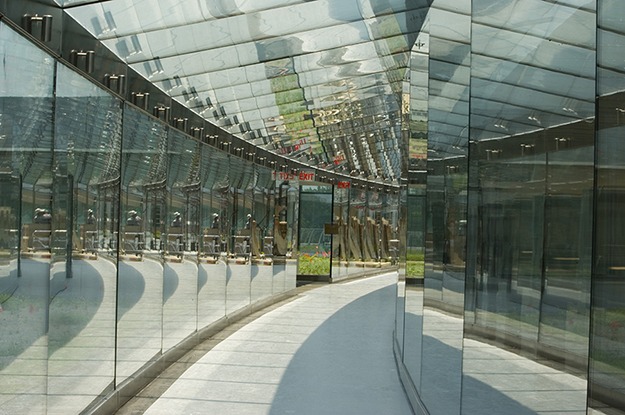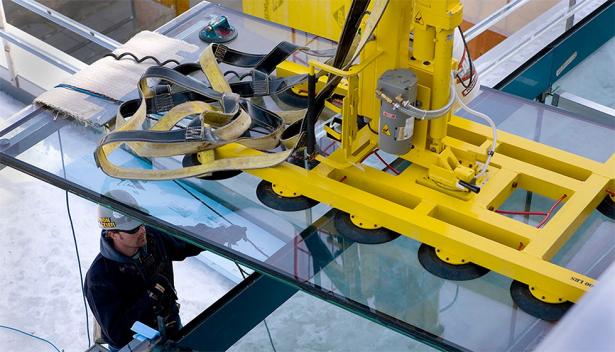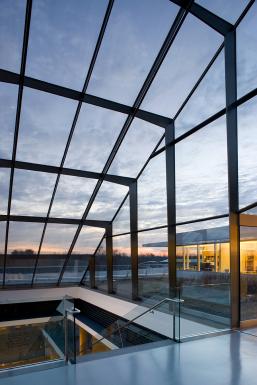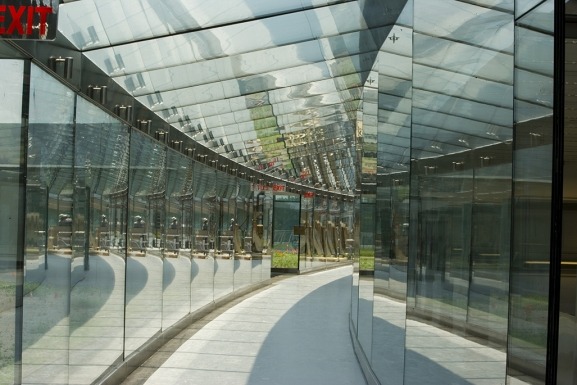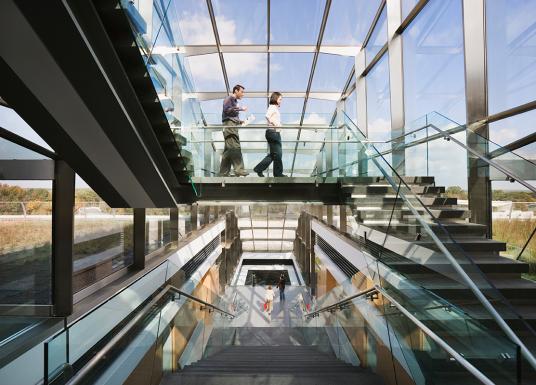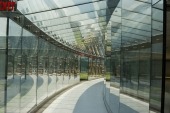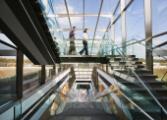Main Menu (Mobile)- Block
- Overview
-
Support Teams
- Overview
- Anatomy and Histology
- Cryo-Electron Microscopy
- Electron Microscopy
- Flow Cytometry
- Gene Targeting and Transgenics
- High Performance Computing
- Immortalized Cell Line Culture
- Integrative Imaging
- Invertebrate Shared Resource
- Janelia Experimental Technology
- Mass Spectrometry
- Media Prep
- Molecular Genomics
- Primary & iPS Cell Culture
- Project Pipeline Support
- Project Technical Resources
- Quantitative Genomics
- Scientific Computing
- Viral Tools
- Vivarium
- Open Science
- You + Janelia
- About Us
Main Menu - Block
- Overview
- Anatomy and Histology
- Cryo-Electron Microscopy
- Electron Microscopy
- Flow Cytometry
- Gene Targeting and Transgenics
- High Performance Computing
- Immortalized Cell Line Culture
- Integrative Imaging
- Invertebrate Shared Resource
- Janelia Experimental Technology
- Mass Spectrometry
- Media Prep
- Molecular Genomics
- Primary & iPS Cell Culture
- Project Pipeline Support
- Project Technical Resources
- Quantitative Genomics
- Scientific Computing
- Viral Tools
- Vivarium
The Janelia Archives
Artifact Name: Structural Glass Building / Architecture
Building / Architecture
Most visitors to Janelia’s landscape building notice the prevalence of structural glass — capping the stairways, bordering the entryway and lobby, and lining the serpentine corridors that traverse the length of the building on the second and third floors.
Manufactured in Belgium, the 147,000 square feet of structural glass found throughout the building pushed the limits of standard production capabilities. The strong, resilient, and unusually clear glass was fabricated in a single factory run at Saint-Gobain Glass. It was then laminated, solar-coated, and assembled at multiple sites in Europe, Canada, and the United States. Finally, nine months of exhaustive performance testing in Pennsylvania assured that the glass was suitable for load-bearing use and could withstand extremes of wind, temperature, moisture, air pressure, and impact. The final product — 1,700 panels of custom-made glass — took 85,000 person hours, or 41 person years, to install in the building.
Beyond the benefits of providing natural light and visibility, the glass serves an even higher function: It’s a conscious design element that is critical to Janelia’s social dynamic. The glass embodies Janelia’s philosophy of transparent, collaborative science. The clear corridors connect the labs and office pods, giving everyone a real view into what others are doing: you can’t help but run into people, and you can’t help but see people as you work.
Each piece of glass was flown in by crane and lowered by cable into its prescribed place in the building’s structure. The 1,700 panels of custom-made glass took 85,000 person hours, or 41 person years, to install in the building.
The glass roof panels were solar-coated to modulate temperature extremes and reduce glare. They were also outfitted with a fire sprinkler system as well as gaskets and drains to handle rain and condensation.
The corridor’s wall panels, which weigh on average 1,400 pounds apiece, are 10.6 feet high and vary in width from 10 to 12 feet, depending on where they fit within the building’s curve.
The structural glass caps Janelia’s stairways, borders its entryway and lobby, and lines the serpentine corridors that traverse the length of the building on the second and third floors.

